Nissan Predicts $4.5 Billion Operating Loss

Based on Mitsubishi’s bleak assessment of its own future, you might have thought it would be the automaker winning this week’s award for saddest economic forecast. But Nissan refused to be outdone. Having already warned the world that 2020 would prove harrowing even before anyone heard the term “COVID-19,” the brand now predicts an operating loss of 470 billion yen ($4.5 billion USD).
Nissan likewise estimates total revenue declining by one-fifth through year’s end to 7.8 trillion yen ($74.1 billion) as its worldwide vehicle sales continue a longstanding retreat.
While it’s difficult to know what to peg these losses on, there are a few obvious suspects. Both automakers sacrificed their identities as automakers in order to spend years trying to expand globally, with a particular focus on developing countries and bland models assumed to have mainstream appeal. Nissan even re-launched the Datsun name as an affordable alternative in places like India, but it wasn’t the sales success the company envisioned.
Nissan is supposed to focused on delivering new product and eliminating fixed costs wherever possible. General and administrative expenses will be a large part of that, in addition to the company’s advertising budget. The company knows it’s bloated, but doesn’t want to lessen the role of the pandemic, which remained front and center in its financial reporting.
From Nissan:
Given the continuing effects of COVID-19 on the global market, Nissan expects a lower business volume in fiscal year 2020. Nissan forecasts global total industry volume to decrease 16 [percent] from a year earlier to 72.04 million vehicles. For the full year, Nissan’s global retail volume is expected to decline 16.3 [percent] to 4.125 million vehicles, on par with the market trend. The company expects its global market share to achieve 5.73 [percent] which is the same level as previous fiscal year.
Nissan was pretty blunt about what happened. It acknowledged things weren’t playing out in China as hoped — sales fell 39.9 percent in the January-March period to roughly 207,000 vehicles. However, no automaker really had a great first or second quarter this year, with the brand optimistically noting that it actually bumped up its market share in the region by half a percent. Japan saw similar losses, with volumes shrinking by around 33 percent. Meanwhile, U.S. sales fell by 49.5 percent to 177,000 vehicles.
Nissan hopes the next-generation Rouge will help turn things around as the economy gradually improves.
[Image: Memory Stockphoto/Shutterstock]

A staunch consumer advocate tracking industry trends and regulation. Before joining TTAC, Matt spent a decade working for marketing and research firms based in NYC. Clients included several of the world’s largest automakers, global tire brands, and aftermarket part suppliers. Dissatisfied with the corporate world and resentful of having to wear suits everyday, he pivoted to writing about cars. Since then, that man has become an ardent supporter of the right-to-repair movement, been interviewed on the auto industry by national radio broadcasts, driven more rental cars than anyone ever should, participated in amateur rallying events, and received the requisite minimum training as sanctioned by the SCCA. Handy with a wrench, Matt grew up surrounded by Detroit auto workers and managed to get a pizza delivery job before he was legally eligible. He later found himself driving box trucks through Manhattan, guaranteeing future sympathy for actual truckers. He continues to conduct research pertaining to the automotive sector as an independent contractor and has since moved back to his native Michigan, closer to where the cars are born. A contrarian, Matt claims to prefer understeer — stating that front and all-wheel drive vehicles cater best to his driving style.
More by Matt Posky
Latest Car Reviews
Read moreLatest Product Reviews
Read moreRecent Comments
- MaintenanceCosts "GLX" with the 2.slow? I'm confused. I thought that during the Mk3 and Mk4 era "GLX" meant the car had a VR6.
- Dr.Nick What about Infiniti? Some of those cars might be interesting, whereas not much at Nissan interest me other than the Z which is probably big bucks.
- Dave Holzman My '08 Civic (stick, 159k on the clock) is my favorite car that I've ever owned. If I had to choose between the current Civic and Corolla, I'd test drive 'em (with stick), and see how they felt. But I'd be approaching this choice partial to the Civic. I would not want any sort of automatic transmission, or the turbo engine.
- Merc190 I would say Civic Si all the way if it still revved to 8300 rpm with no turbo. But nowadays I would pick the Corolla because I think they have a more clear idea on their respective models identity and mission. I also believe Toyota has a higher standard for quality.
- Dave Holzman I think we're mixing up a few things here. I won't swear to it, but I'd be damned surprised if they were putting fire retardant in the seats of any cars from the '50s, or even the '60s. I can't quite conjure up the new car smell of the '57 Chevy my parents bought on October 17th of that year... but I could do so--vividly--until the last five years or so. I loved that scent, and when I smelled it, I could see the snow on Hollis Street in Cambridge Mass, as one or the other parent got ready to drive me to nursery school, and I could remember staring up at the sky on Christmas Eve, 1957, wondering if I might see Santa Claus flying overhead in his sleigh. No, I don't think the fire retardant on the foam in the seats of 21st (and maybe late 20th) century cars has anything to do with new car smell. (That doesn't mean new car small lacked toxicity--it probably had some.)


















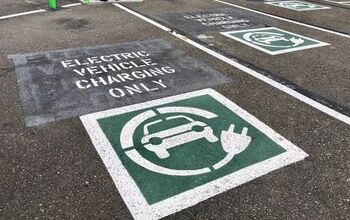





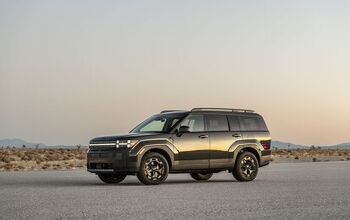


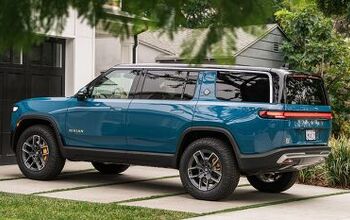
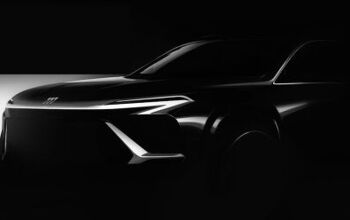
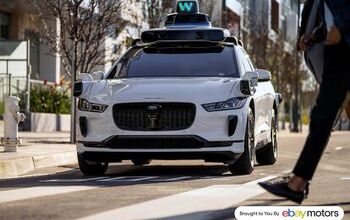
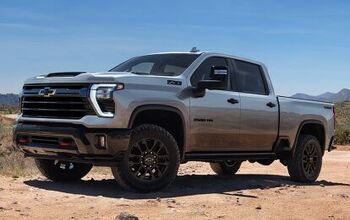

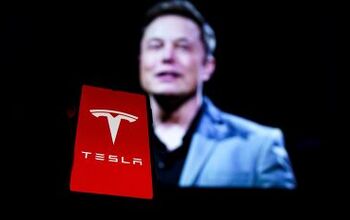

Comments
Join the conversation
Nissan sales are in the toilet like never before right now too and they are in panic mode. All they can rely on is fast tracking new product, at least that's what got Chrysler through it 10 years ago.
A few billions? It is just a fraction of how much GM and Ford usually loose each year and they are still here with us.